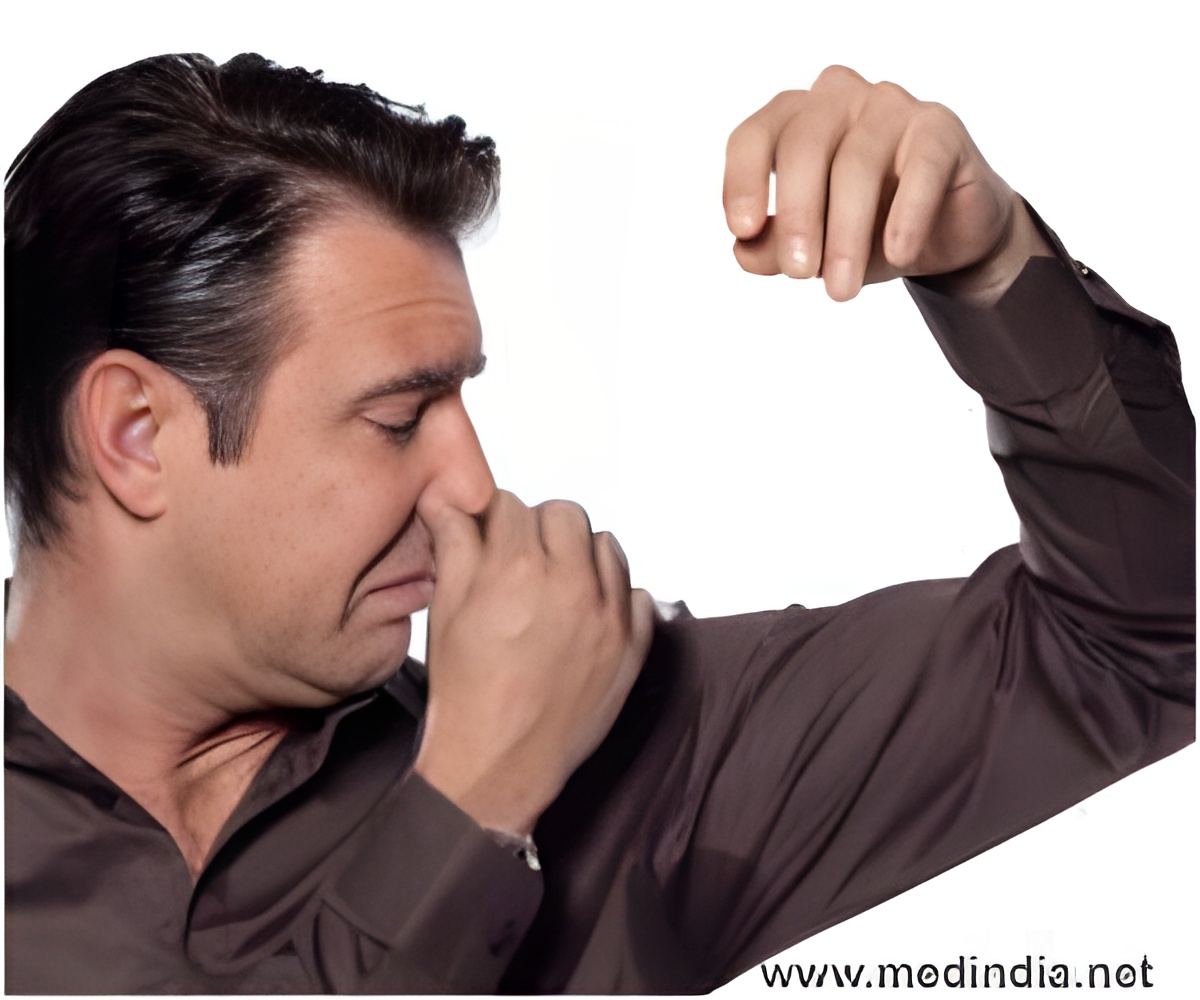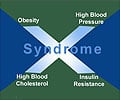Scientists from the Monell Center, Philadelphia have evolved a new protocol that could help detect the metabolic disorder trimethylaminuria (TMAU).

TMAU is a genetically-transmitted disease that inhibits the ability of an enzyme to metabolize or transform trimethylamine (TMA), a chemical compound produced naturally from many foods.
In the study, published online in The American Journal of Medicine, the authors tested 353 patients who had contacted the Monell Center because of unexplained personal malodor production. The offensive odors persisted despite good personal hygiene and the underlying causes could not be identified by medical and dental professionals.
Production of TMA is associated with foods rich in the dietary constituent, choline. Such foods include eggs, certain legumes, wheat germ, saltwater fish and organ meats.
Importantly, TMA production and associated odor symptoms depend on what foods recently have been eaten and therefore may occur in irregular and seemingly unpredictable intervals. This makes the disease difficult to diagnose, as patients can appear to be odor-free when they consult a health professional.
Production of TMA is associated with foods rich in the dietary constituent, choline. Such foods include eggs, certain legumes, wheat germ, saltwater fish and organ meats.
Importantly, TMA production and associated odor symptoms depend on what foods recently have been eaten and therefore may occur in irregular and seemingly unpredictable intervals. This makes the disease difficult to diagnose, as patients can appear to be odor-free when they consult a health professional.
Testing at Monell included a choline challenge, in which each patient ingests a set amount of choline and urinary TMA levels are measured over the next 24 hours using sophisticated chemical instrumentation. A high level of urinary TMA confirmed a diagnosis of TMAU in 118 individuals.
Monell’s malodor evaluation protocol has the unique advantage of combining sensory evaluation with analytical chemistry techniques. In the current study, sensory findings described a high degree of variation in the quality and severity of malodors associated with TMAU. The authors point out that such individual differences in odor production indicate that the choline challenge test is necessary to confirm the diagnosis of TMAU.
“Health care professionals must arrive at a correct diagnosis to suggest appropriate treatment,” said study lead author Paul M. Wise, Ph.D., a sensory psychologist at Monell. “This research raises awareness of both the disease and also the proper methods of diagnosis and treatment.”
TMAU is classified as a “rare disease,” meaning that it affects less than 200,000 people in the United States. However, its actual incidence remains questionable, due in part to the inconclusive diagnostic techniques used previously.
Finally, the scientists note that 65 percent of the afflicted individuals examined did not test positive for TMAU and that future studies will seek to identify other causes of malodor production.
Monell’s malodor evaluation protocol has the unique advantage of combining sensory evaluation with analytical chemistry techniques. In the current study, sensory findings described a high degree of variation in the quality and severity of malodors associated with TMAU. The authors point out that such individual differences in odor production indicate that the choline challenge test is necessary to confirm the diagnosis of TMAU.
“Health care professionals must arrive at a correct diagnosis to suggest appropriate treatment,” said study lead author Paul M. Wise, Ph.D., a sensory psychologist at Monell. “This research raises awareness of both the disease and also the proper methods of diagnosis and treatment.”
Advertisement
TMAU is classified as a “rare disease,” meaning that it affects less than 200,000 people in the United States. However, its actual incidence remains questionable, due in part to the inconclusive diagnostic techniques used previously.
Advertisement
Finally, the scientists note that 65 percent of the afflicted individuals examined did not test positive for TMAU and that future studies will seek to identify other causes of malodor production.
Source-Medindia







